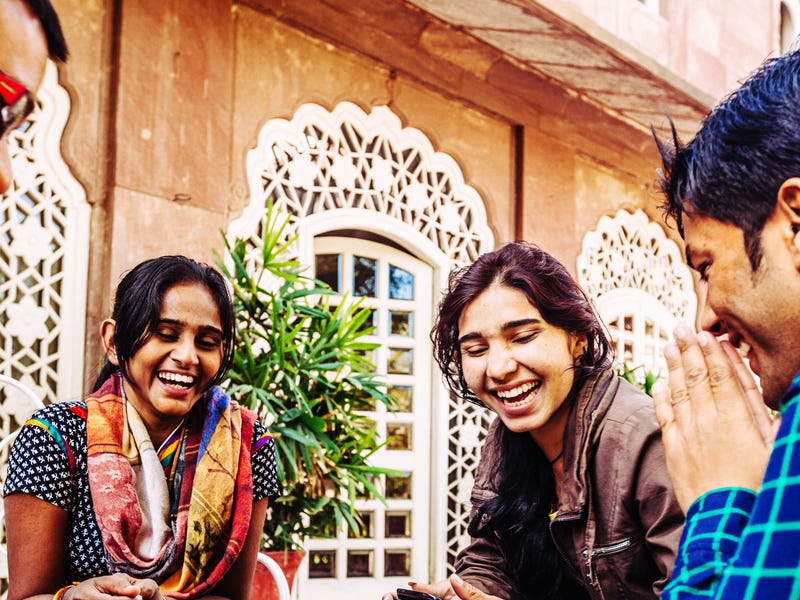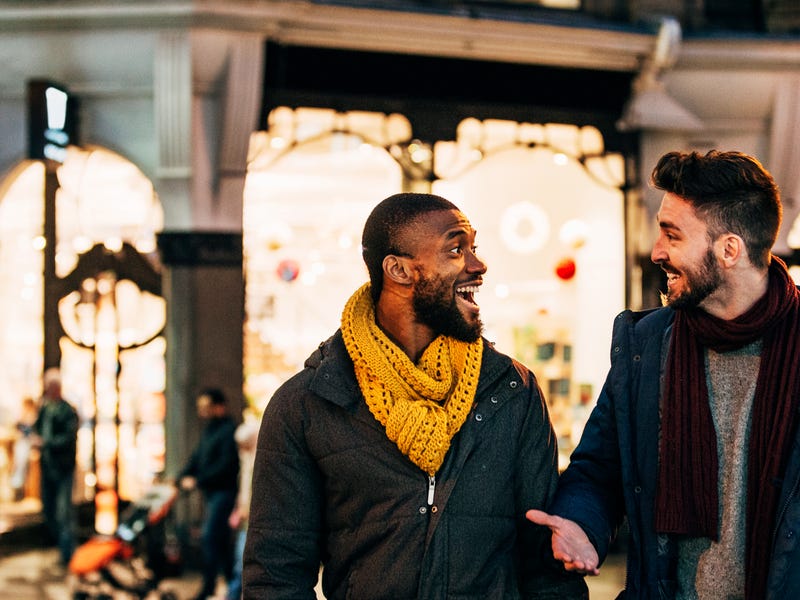13 examples of unique body language across different cultures

Bowing in Japan
In Japan, bowing is a traditional way of showing respect and politeness. The depth and duration of the bow can vary. Bowing is a fundamental part of Japanese culture, conveying messages and social status without the need for words.
And it’s not as easy as it might seem. Once, I tried to bow to greet my Japanese colleagues, and they burst out laughing. Not sure what I did wrong, but here is a guide for you.
Thumbs up in Iran and Greece
While the thumbs-up gesture typically means "good" or "okay" in many cultures, it's considered offensive in Iran and can be taken as a vulgar gesture in Greece.
Head wobble in India
As seen above, the head wobble, a side-to-side movement, is common in India and can mean different things depending on context. It might signal agreement, acknowledgment, or simply be a neutral response.
Finger tapping in Japan
Tapping your temple with your index finger in Japan signifies that someone is acting arrogant or thinks they're clever.
Tongue clicking in South Africa
In some South African cultures, a tongue click is used to get someone's attention or emphasize a point. If you were looking to learn an unusual nonverbal language, check that out.
Hand clapping in Spain
In Spain, rhythmic hand clapping, known as "palmas," is a form of communication and expression often used in flamenco performances.
Foot tapping in Morocco
In Moroccan culture, tapping your foot while seated can indicate impatience or frustration. Actually, I also do that to answer my rabbit Ginger when she thumps at me!
Hand on heart in the Middle East
Gently placing your hand over your heart while greeting someone in the Middle East is a sign of sincerity and warmth.
Pointing with lips in Philippines
In the Philippines, it's common to point with the lips instead of using the finger to indicate something. In other countries, it may indicate that you want a kiss. Read the room!
Forehead nod in Bulgaria
In Bulgaria, nodding is done by moving the head slightly upward instead of the usual up-and-down nod.
Hand talking in Italy
It’s not a just a cliché. Italians use their hands to express feelings and ideas. From small movements to big gestures, hand talking is a natural way for Italians to show excitement, agreement, and lots more.
Rubbing noses in New Zealand
Called " hongi", this traditional Maori greeting involves touching noses and foreheads to exchange breath, symbolizing the sharing of life force.
Crossed arms in Finland
While crossed arms might generally signal defensiveness or closed-off body language, in Finland, it can simply mean a comfortable and relaxed posture.












